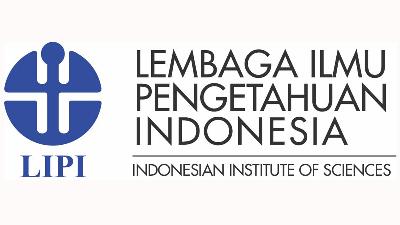The Level of Green Manufacturing Implementation Using SWOT Analysis in The Local Garment Creative Industry in Bandar Lampung
Abstract
Keywords
Full Text:
PDFReferences
V. &. F. A. Bhardwaj, "Fast Fashion: Response to Changes in the Fashion Industry," The International Review of Retail Distribution and Consumer Research, vol. 20, no. 1, pp. 165-173, 2010.
Y. &. Y. Y. Wang, "Analyzing the Green Innovation Practices Based on Sustainability Performance Indicators: a Chinese Manufacturing Industry Case.," Environmental Science and Pollution.
E. O.-A. V. A.-M. Y. O. J. K. L. &. A. J. Afum, "Green Manufacturing Practices and Sustainable Performance among Ghanaian Manufacturing SMEs: The Expalanatory Link of Green Supply Chain Integration," Management of Environmental Quality : International Journal, 2020.
F. Rangkuti, SWOT Analysis Techniques for Dissecting Business Cases, Jakarta: Gramedia Pustaka, 2005.
A. &. T. Andaregie, Determinants of The Adoption of Green Manufacturing Practices.
M. A. M. I. Z. F. J. M. &. J. R. D. Dzikriansyah, "The ole of green supply chain management practices on environmental performance: A case of Indonesian small and," Cleaner Logistics and Supply Chain, vol. 6, 2023.
M. &. A. D. Novitasari, "Green supply chain management and firm performance: The mediating effect of green innovation," Journal of Industrial Engineering and Management, vol. 14, p. 391, 2021.
N. T. B. &. F. F. Soewarno, "Green innovation strategy and green innovation," Management Decision, 2019.
R. M. F. P. A. A. I. &. C. T. Roespinoedji, "The Effect of Green Supply Chain Practices on Indonesian Manufacturing Small and Medium Enterprises (SMEs)," International Journal of Supply Chain Management, vol. 8, pp. 189-197, 2019.
Y. L. K.-H. &. Z. Q. Feng, "Green supply chain innovation: Emergence, adoption, and challenges.," International Journal of Production Economics, vol. 248, no. 108497, p. 108497, 2022.
N. &. Y. HasianyS., "Implementation of Cleaner Production for Produced Water Handling in the Oil and Gas Industry," Journal of Natural Resources and Environmental, vol. 5, no. 1, p. 25, 2015.
Refbacks
- There are currently no refbacks.

This work is licensed under a Creative Commons Attribution 3.0 License.
Supported by :


 Indexed by :
Indexed by :




